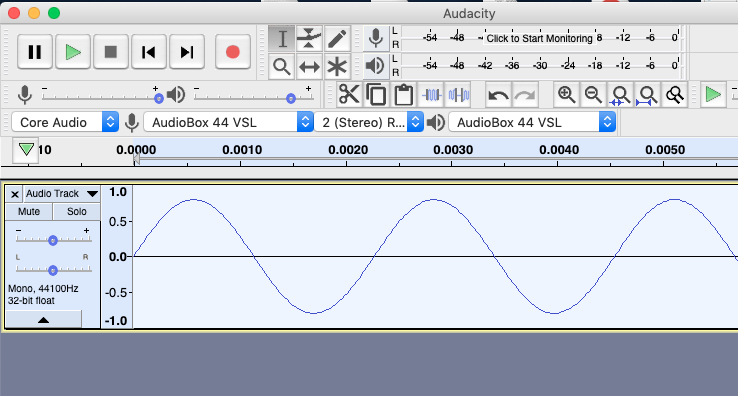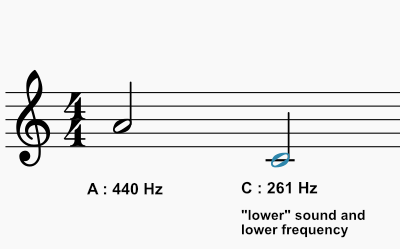In music, one of the most important concepts of wrap your head around is frequency. It is a physical property of sound that is akin to the perceptual property of “the note” of a sound. In other words, when you change a note while playing music, you are creating a different frequency. But it is much more than that too.
Frequency is measured in Hertz. The word is capitalized because it is named after Heinrich Hertz, a German physicist, only less than 150 years ago. In a historical context that isn’t that long ago, and so before that time musicians must have understood frequency and sound properties slightly differently, or at least with different terminology.
One (1) Hertz (Hz) is equal to one time per second. It is a measurement that is used in more ways than only in music. So if you tap your finger once every second that is 1 Hz. If you tap your finger every half second (or twice per second) that is 2 Hz. If you tap your finger once every two seconds, that is 0.5 Hz. The mathematical formula for it is:
f = 1 / T
…where f is the frequency (in Hz) and T is the time frame. So if the time frame, T, is every half second (0.5) then f (Hz) will be equal to 2.
When applied to music, the number of Hz is the frequency of how many times per second a sound wave is pulsing back and forth through the air.
In computer software, this back and forth is visualized by a curve on a timeline moving up and down. An upward curve means air moving forward, and a downward curve means air moving back toward the source of the sound. Below is a screenshot of the free software, Audacity, that can generate sound waves and can also record and edit sound on your computer.

When the string of a guitar is plucked, for example, the string vibrates back and forth, moving the air between the string and your ear back and forth and back and forth and back and forth, and so on. If you could could count how many times (i.e. cycles) the air moved back and forth per second, that would be the frequency measured in Hz.
When the movement of that air moving back in forth reaches your ears, your mind picks up on it and hears it as a note. In today’s world we have a naming system using alphabetic letters and other symbols to define those frequencies.
For example, when the guitar string plucks the A note above middle C, the air waves move back and forth 440 times per second, or at 440 Hz. Middle C, a “lower” sound, vibrates fewer times per second, around 261 times per second, or 261 Hz. The “higher” the pitch, the higher the frequency.

The human ear can hear the variations in sound waves from 20 Hz to 20,000 Hz (i.e. 20 kHz). Below that or above that, our ears do not detect the sounds. As a person gets older that top range gets smaller, so that young people can hear high frequencies that old people cannot hear. The human voice is usually between 500 Hz and 2000 Hz.
Computer Processing Frequencies
As a modern musician, if you record or play electronic music, you will see Hz used when describing the speed of a computer’s processor. The speed at which computers process information is staggering, and it is hard to wrap one’s head around it.
If your computer has a 2.6 GHz processor, that mean it performs 2,600,000,000 (that’s 2.6 billion!) binary calculations per second. It’s really beyond a human mind’s comprehension.
This computer speed really has very little to do with sound frequencies, but it is important to remember that Hz is a measurement of cycles per second and not strictly a musical term.

